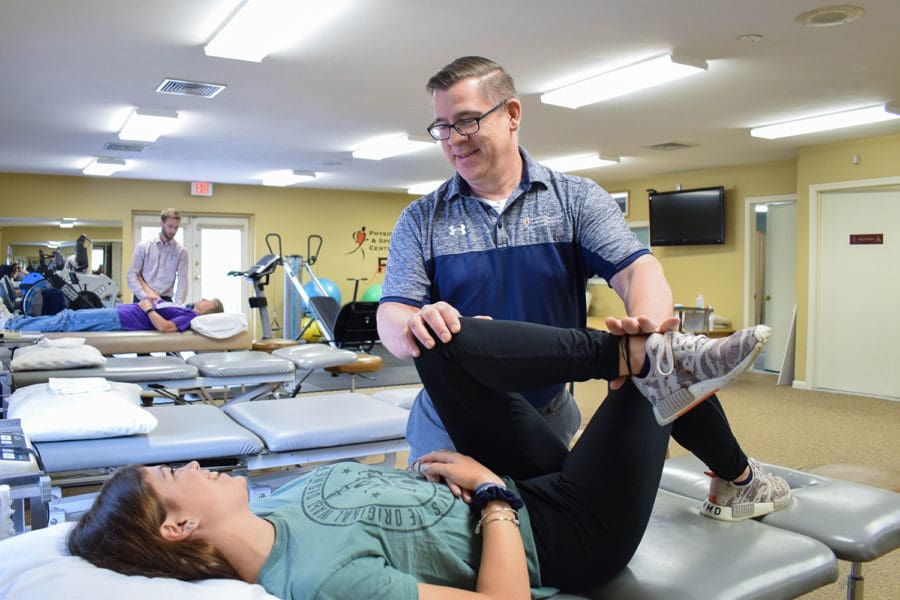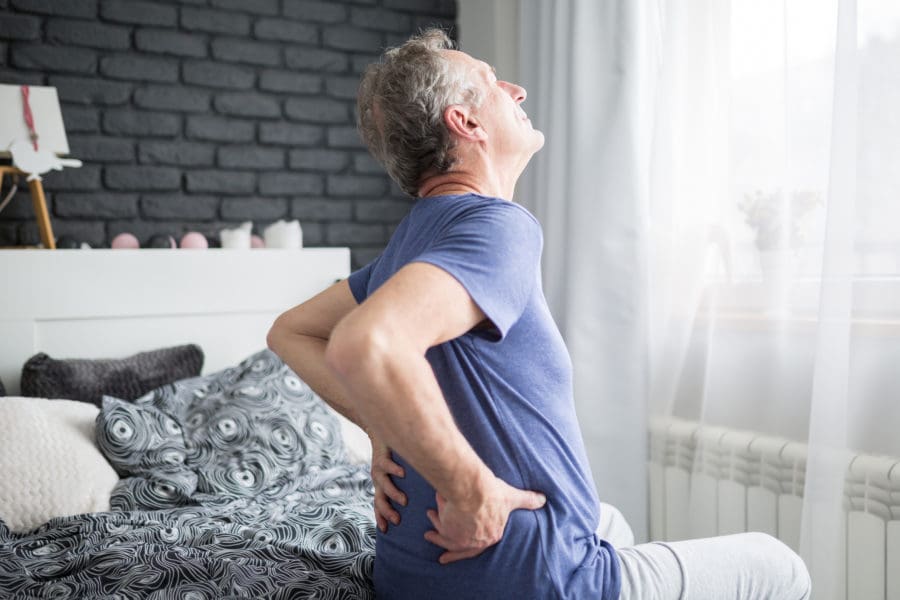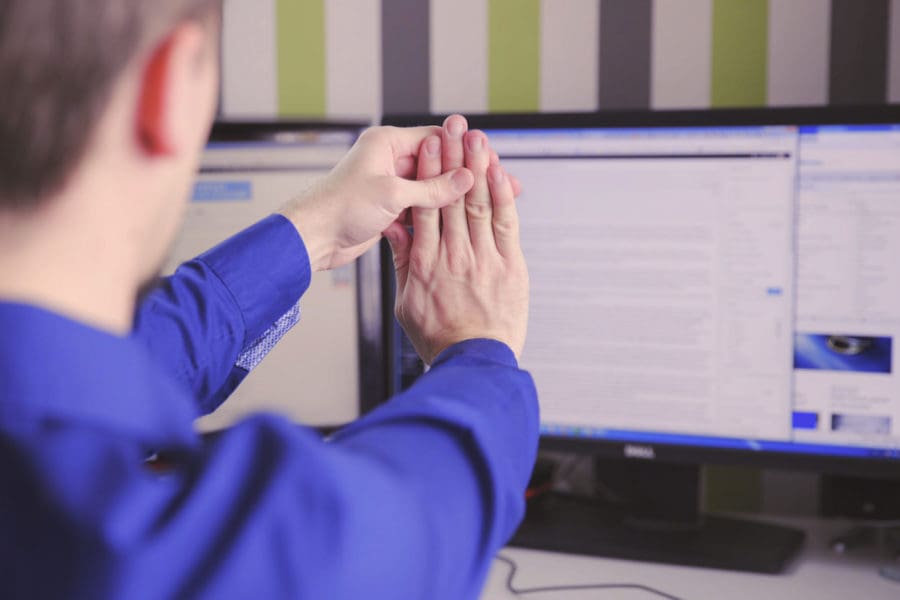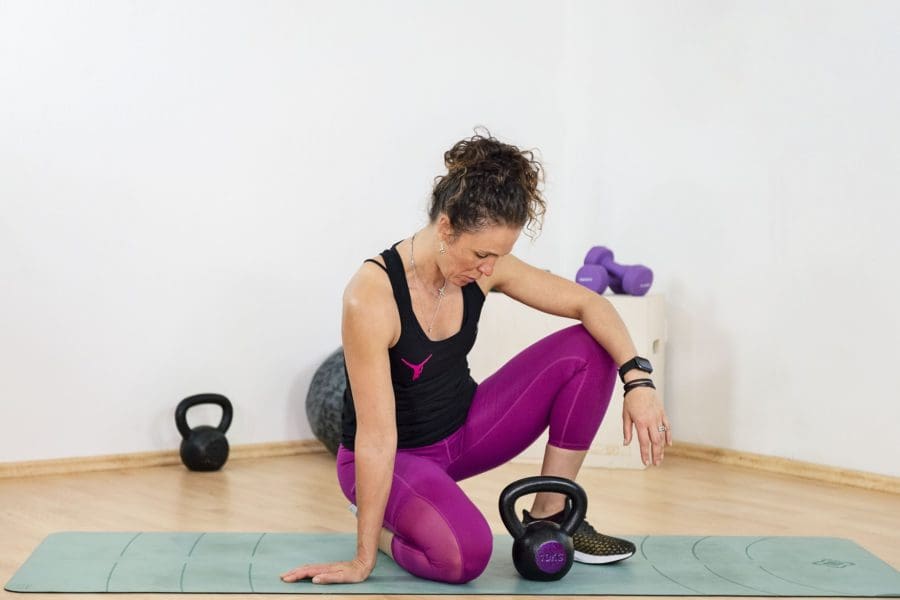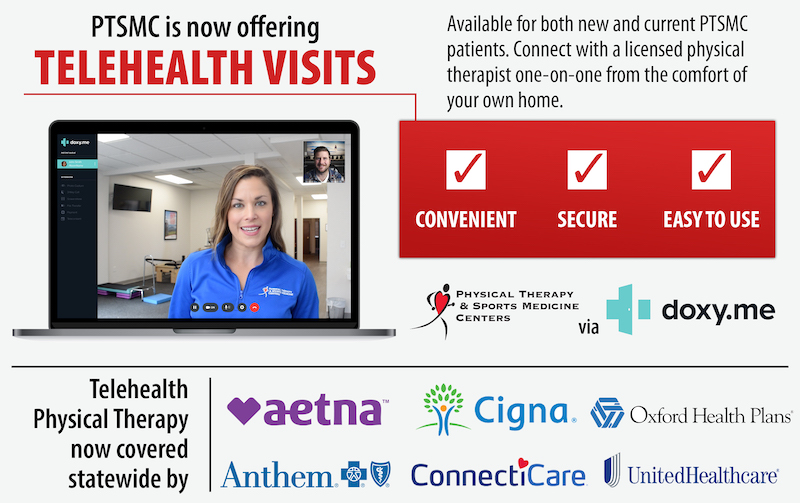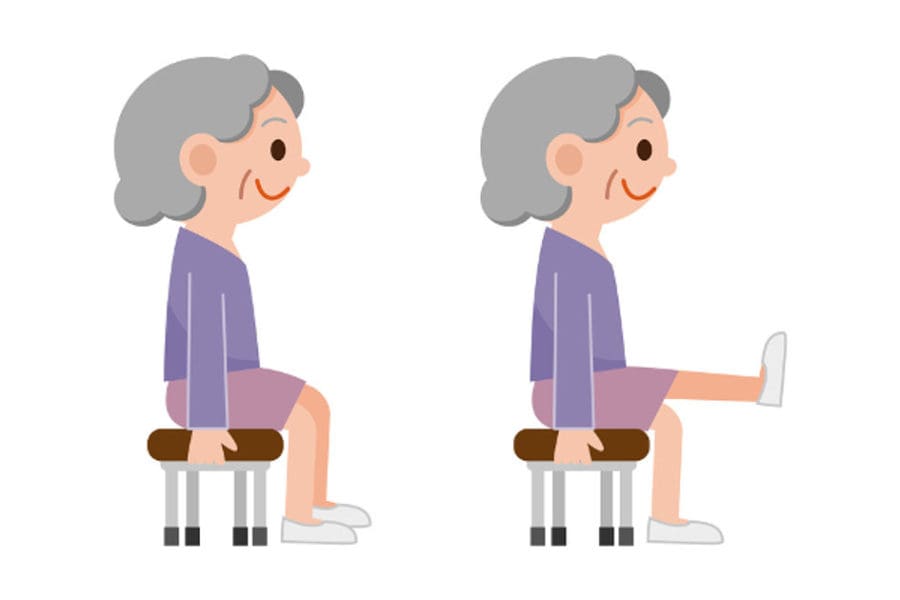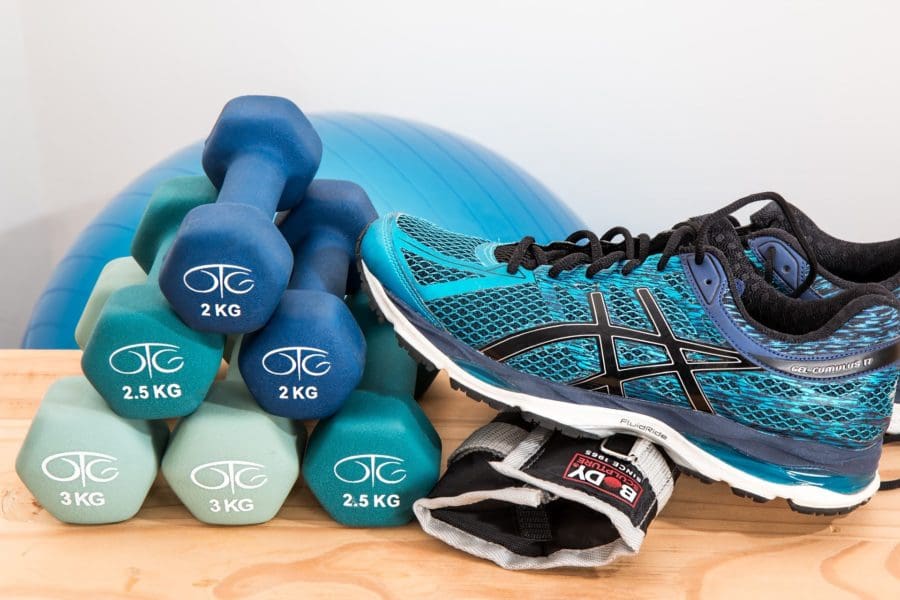Did You Know? Common Issues Physical Therapy Can Treat Did you know that Physical Therapy can help with more than just general muscle and joint pain, sports injuries and post-op ...
If You Suffer from Back Pain, Skip the Expensive and Risky Treatments and Head Straight to Physical Therapy If you suffer from back pain, you’re far from alone. It’s estimated that ...
Lazy Summer or Deconditioning? Physical Therapists Can Help! The weather is hot, going to the gym may be out of the question, and so you've been trying to enjoy what's ...
Our experts weigh in: how to prevent hand, wrist and upper body pain at work Over the past few months, many office workers have had to upend their daily routines ...
PT Pro Tips: The 7 Most Common Mistakes You Might Be Making in Your Home Workouts Earlier this year, our musculoskeletal experts shared the biggest mistakes people were making in their workouts at the ...
5 Activities You Can Do with Your Kids to GET MOVING! The pull of streaming platforms and videogames may be strong for the younger set, but getting in regular physical ...
Physical Therapy in the Time of Coronavirus: The Many Benefits of Telehealth COVID-19 has upended daily routines and forced many Americans to stay at home whenever possible. Since many of ...
PT PRO TIPS: Exercises for Seniors to Stay Active During “Social Distancing” The coronavirus outbreak has disrupted our lives and forced us to change our habits, including hindering most group ...
PT PRO TIPS: The Top 5 Exercises You Should be Doing According to Physical Therapists If you’re one of the many people who made a resolution to get fit and ...
Retraining Your Brain: How Physical Therapists Use Neuroplasticity to Help Patients Overcome Brain Injuries As babies, we all struggled to stand up from a seated position, yet now most able-bodied ...

